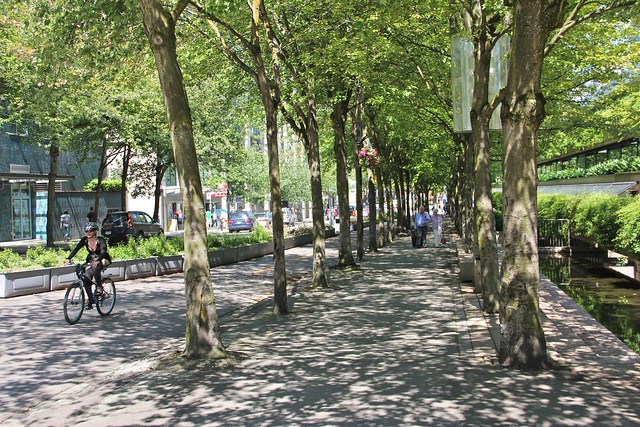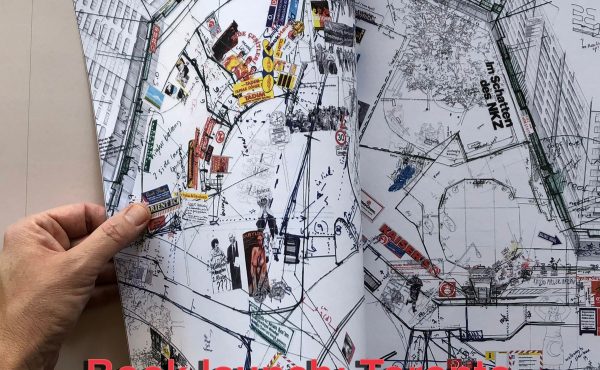Spacing Saturday highlights posts from across Spacing’s blog network in Vancouver, Toronto, Montreal, Ottawa, and the Atlantic region.


In the Marpole neighbourhood of Vancouver Jo-Ann Pringle is leading a new kind of resident’s association that aims to bring a conciliatory approach to the planning process. Yuri Artibise profiles the origins, successes and philosophy of the Marpole Area Resident’s Alliance.
Brian Gould uses the Video Vancouver feature to showcase a day in the life of some of Vancouver’s beautiful separated bike lanes on Dunsmuir and Hornby Streets.
![]()
Joel Thibert looks back to the work of planner Artur Dickson to make the case for a more integrated approach to planning for recreational space. Arguing that allocating exclusively to recreation degrades the natural landscape and its benefits to us, Thibert advocates for recreational planning that allows for both work and play within the urban environment itself.
In light of the spat of infrastructure failures in the Montreal area Alanah Heffez looks at the details of how our bridges are built, issues around their lifespan and the challenges to their upkeep and care.
![]()
Mike Bulthuis looks at the public square at the corner of Rideau and Colonel By which is currently subject to plans by the National Capital Commission to revamp the space into a monument to Lord Stanely. Bulthuis delves into the history of the space and the story of how it lost its role of hosting the memorial to Terry Fox.
Eric Darwin zooms in on the area surrounding Westboro Station on Ottawa’s Transitway to look at the history of less-than-successful attempts at transit oriented development. The reflection comes as demolition of old buildings near the station presents a new opportunity for successful intensification.
![]()
Malanie Labelle critiques the new Holman Grand Hotel building in downtown Charlottetown and the perceived ‘bait and switch’ practice of the developers to produce a building without several of the redeeming features of its original design.
Daniel Rotsztain reports from the Sappy Fest Six festival in downtown Sackville, New Brunswick where Arcade Fire made a surprise appearance as the closing act. Rotsztain reflects on how Arcade Fire a used suburban themes to resonate with a generation that grew up in a largely suburban country.

![]()
Jake Schabas looks at the similarities between rumored attempts to replace the Chief General Manager of the TTC and the recent decision of the Chairman of New York’s MTA to pack his bags for Hong Kong, using both cases as evidence of the high value of people who can manage financially strained transit systems.
Alex Bozikovic uses the No Mean City architectural feature to discuss a recently adopted Toronto policy requiring buildings greater than 1000 square meters to clearly display the name of their architect. Bozikovic hopes this will help call out bad architects as well as celebrate good ones.
Photograph by: Paul Krueger


